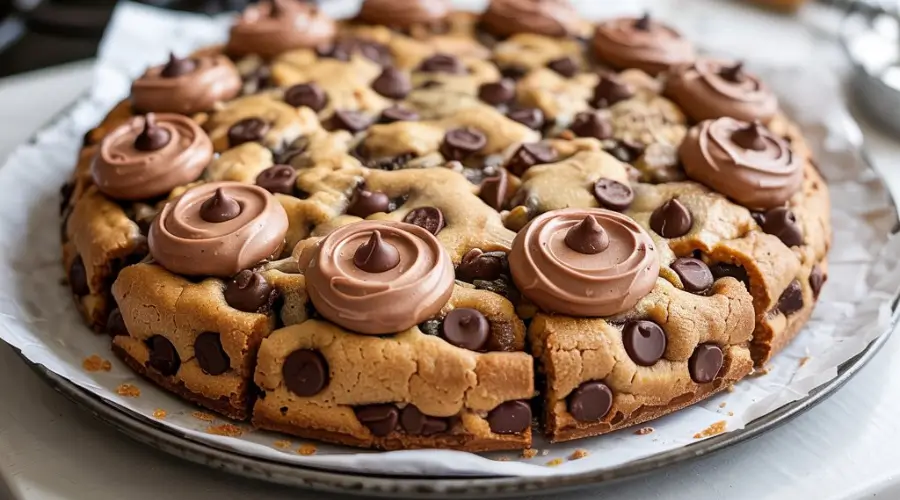Table of Contents
Ever craved the perfect blend of a chewy chocolate chip cookie and a festive birthday cake? That’s exactly what a cookie cake recipe delivers! This giant treat has been winning over dessert lovers since the 1970s when cookie cakes first emerged in mall bakeries throughout America. Starting as something unusual, they’ve now become a must-have for many celebrations.
Cookie cake recipes offer something special that traditional cakes simply can’t match – that irresistible cookie texture in a shareable format. They’re easier to make than layer cakes, needing no fancy decorating skills, yet they create just as much excitement at parties.
Beyond their eye-catching appeal, cookie cakes combine the best of both worlds: the satisfying chewiness of a fresh-baked cookie with the festive spirit of cake. Perfect for birthdays, game days, or anytime you want a crowd-pleasing dessert that steps away from tradition while celebrating our shared love for chocolate chip cookies.
Ingredients for Cookie Cake Recipe
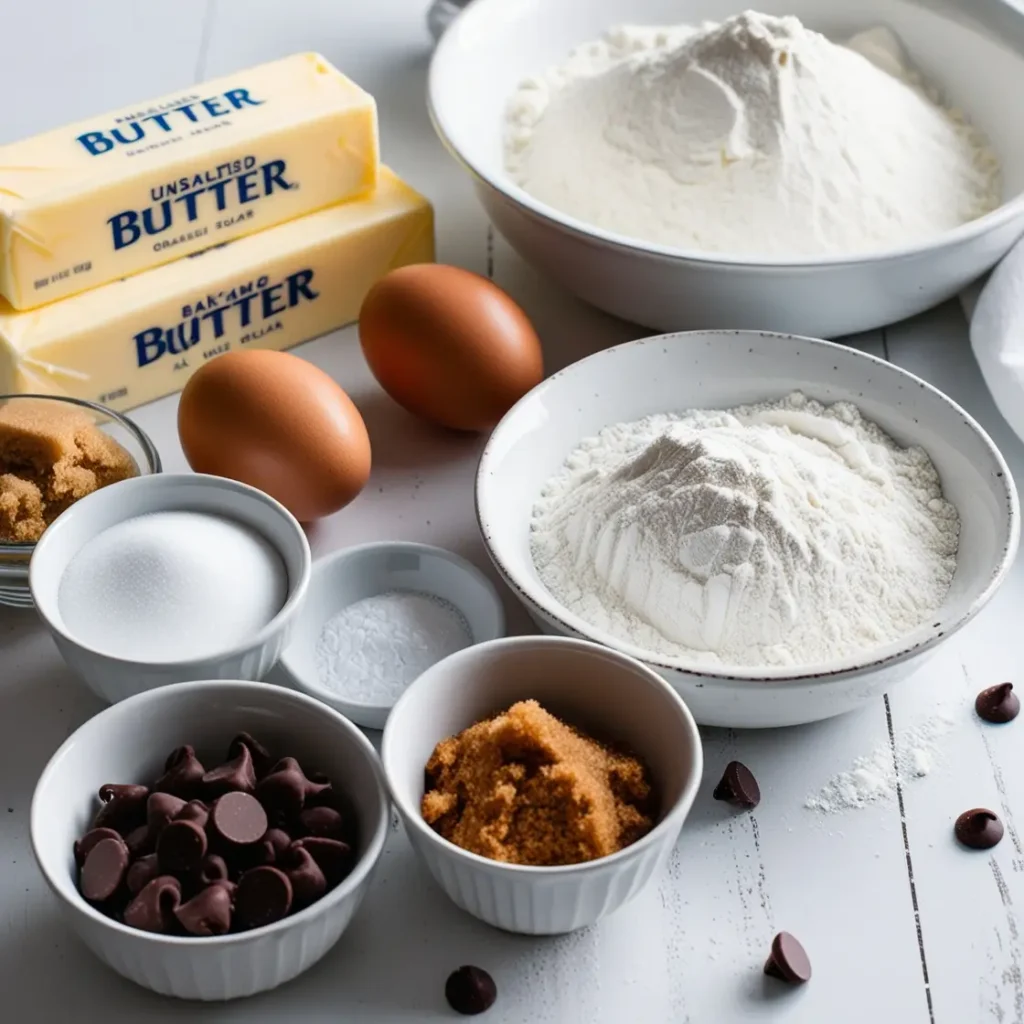
What You’ll Need
For this cookie cake recipe, you’ll need these simple ingredients:
- 1 cup (2 sticks) of unsalted butter, softened to room temperature.
- ¾ cup granulated sugar
- ¾ cup light brown sugar, packed
- 2 large eggs at room temperature
- 2 teaspoons of vanilla extract
- 2¾ cups of all-purpose flour.
- 1 teaspoon of baking soda
- ½ teaspoon of salt
- 1½ cups semi-sweet chocolate chips (plus extra for topping if desired)
For the optional chocolate buttercream frosting:
- ½ cup unsalted butter, softened
- 2 cups powdered sugar
- ¼ cup cocoa powder
- 1 teaspoon vanilla extract
- 2-3 tablespoons milk (to adjust consistency)
This combination creates the perfect balance between a chewy chocolate chip cookie and a celebratory cake to cool completely. The softened butter and mix of sugars are key to achieving that ideal texture, while the right amount of chocolate chips ensures every bite has that classic flavor. The optional frosting transforms your giant cookie into a more cake-like dessert, perfect for special occasions.
👉 Learn more about how to properly measure baking ingredients from King Arthur Baking
How to Make a Cookie Cake Recipe
Creating a homemade cookie cake recipe combines the best aspects of cookies and cakes into one delicious treat. Follow these simple steps for perfect results.
Preparing Your Baking Equipment
- Preheat your oven to 350°F (175°C).
- Line a 9-inch round cake pan with parchment paper.
- Lightly spray with non-stick spray.
Making the Cookie Dough
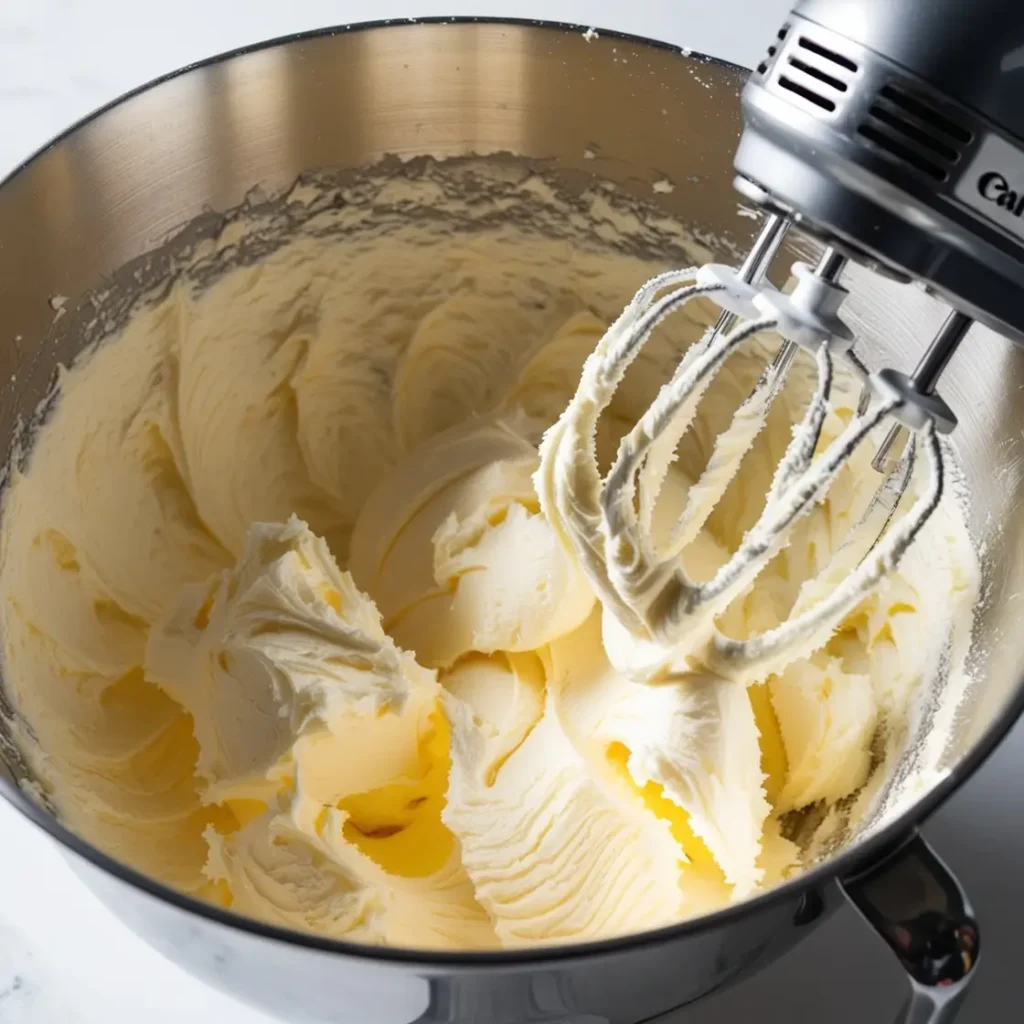
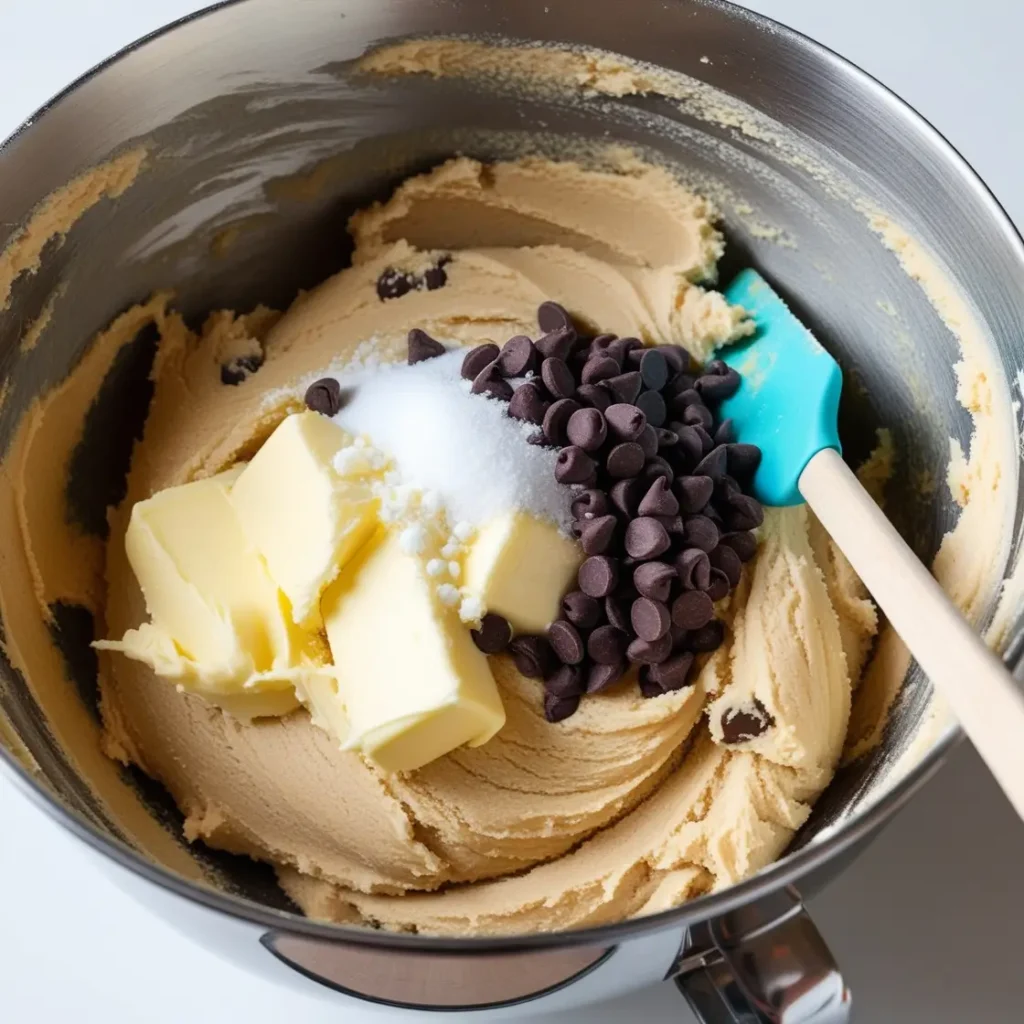
- Cream together 3/4 cup softened butter with 1/2 cup granulated sugar and 3/4 cup light brown sugar until fluffy.
- Mix in 1 large egg and 2 teaspoons vanilla extract.
- In a separate bowl, combine 2 cups all-purpose flour, 1/2 teaspoon baking soda, and 1/2 teaspoon salt.
- Add dry ingredients to wet ingredients, mixing just until combined.
- Fold in 1 cup semi-sweet chocolate chips.
Transferring and Baking
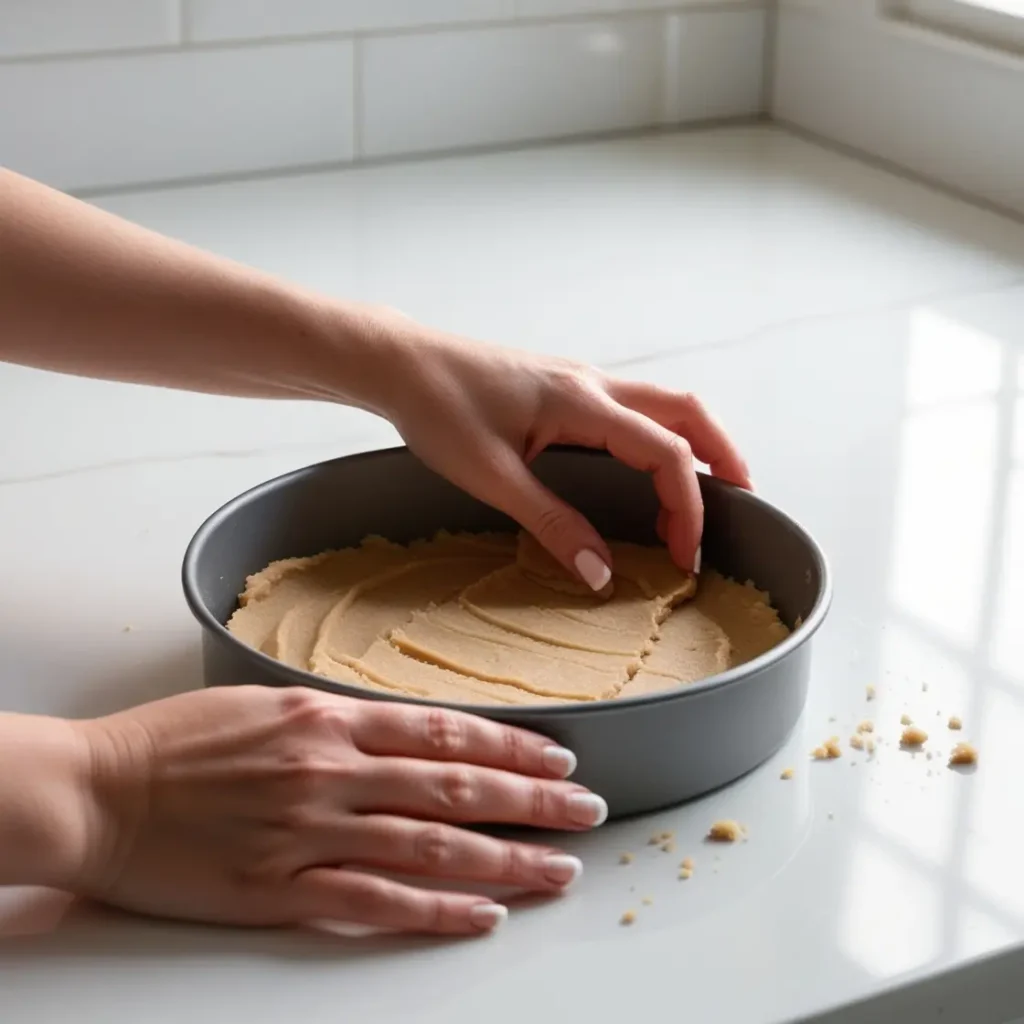

- Press the dough evenly into your prepared pan.
- Sprinkle a few additional chocolate chips on top for a more appealing look .
- Bake for 20-25 minutes on a sheet pan until edges are golden but center remains slightly soft.
- Allow it to cool fully on a wire rack for a minimum of one hour.
Optional Frosting
- Cream together 1/2 cup of softened butter with 2 cups of powdered sugar and 2 to 3 tablespoons of milk.
- Stir in 1/2 teaspoon of vanilla extract along with a small pinch of salt
- For chocolate frosting, add 1/4 cup cocoa powder.
- Use a spatula or piping bag to decorate the edges of the cooled cookie cake.
- Add sprinkles or decorations as desired.
Your homemade cookie cake recipe is now ready to slice and serve!
Explore baking techniques and tips from America’s Test Kitchen
Serving Suggestions
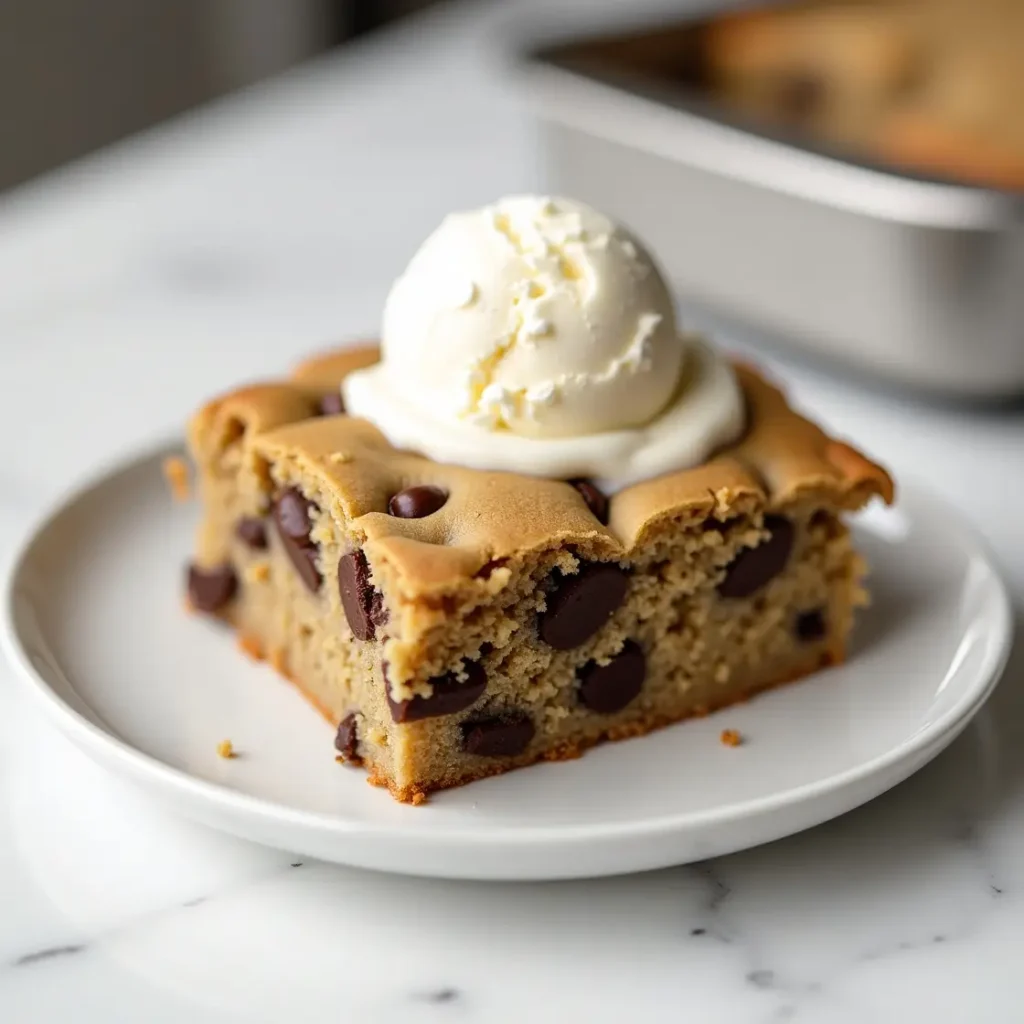
A homemade cookie cake offers countless creative presentation options, making it perfect for gatherings and celebrations. The right serving approach enhances both the visual appeal and eating experience, turning a simple dessert into a memorable treat that delights guests of all ages.
As a Celebration Centerpiece
Present your cookie cake on a decorative cake stand with candles for birthdays or special occasions. Slice into triangular wedges like a traditional cake. For extra flair, dust with powdered sugar or add a scoop of vanilla ice cream on the side.
Casual Gatherings
Cut your cookie cake into squares for easy handling at informal get-togethers. Serve on colorful plates with small forks. Try pairing with fresh berries or a dollop of whipped cream to balance the sweetness.
Dessert Bar Options
Include cookie cake pieces on a dessert table alongside complementary treats. Cut into bite-sized cubes for sampling. Offer various dipping sauces like caramel, chocolate ganache, or raspberry coulis for guests to customize their experience.
Family Dessert
For weeknight family desserts, warm individual slices briefly in the microwave (10-15 seconds) and top with a drizzle of warm nutella or peanut butter. Add a small glass of cold milk on the side for the classic cookie experience in cake form.
Seasonal Adaptations
Enhance your cookie cake servings with seasonal touches—peppermint pieces during winter holidays, fresh strawberries in summer, or candied pumpkin seeds in fall.
Storage & Reheating
Properly storing your homemade cookie cake preserves its delightful texture and flavor, allowing you to enjoy this special treat beyond the day it’s baked. With the right techniques, you can maintain freshness while having a ready-to-serve dessert available whenever cravings strike.
Room Temperature Storage
Keep your unfrosted cookie cake at room temperature for up to three days by placing it in an airtight container. Layer pieces with wax paper to prevent sticking. For frosted versions, cover loosely with a cake dome, ensuring the covering doesn’t touch the frosting surface.
Refrigerator Storage
Frosted cookie cakes stay best in the refrigerator, where they’ll maintain quality for up to five days. Transfer to a sealed container and let it rest at room temperature for 20 minutes to bring back its perfect chewy texture.
Freezing for Later
Cut leftover cookie cake into individual portions before freezing. Wrap each piece tightly in plastic wrap, then place in freezer bags with air removed. These frozen treasures keep well for up to two months without flavor loss.
Reheating Methods
To refresh your cookie cake, warm individual slices in a 300°F oven for 3-5 minutes or microwave for 10-15 seconds. This gentle heating revives the just-baked quality with slightly melted chocolate chips and a tender center.
Serving After Storage
Always bring refrigerated cookie cake to room temperature before serving. For frozen pieces, thaw in the refrigerator overnight rather than at room temperature to maintain structural integrity.
Tips & Variations
Mastering the cookie cake opens doors to endless creative possibilities in your baking repertoire. These adaptations and expert recommendations will help you troubleshoot common issues while personalizing this versatile cookie recipe to match any occasion or dietary preference your household might have.
Cookie Base Variations
Try substituting white chocolate chips and dried cranberries for a festive twist. Incorporate crushed Oreos or peanut butter chips for unique flavor profiles. For a rich caramel undertone, replace some granulated sugar with maple syrup or honey, adjusting flour slightly to maintain proper consistency.
Dietary Adaptations
Create gluten-free versions using a quality cup-for-cup flour blend plus 1/4 teaspoon xanthan gum for a chocolate chip cookie cake. For vegan cookie cakes, substitute flax eggs (1 tablespoon ground flaxseed mixed with 3 tablespoons water per egg) and plant-based butter. Reduce sugar by up to 25% without compromising texture by adding 2 tablespoons of applesauce.
Troubleshooting Tips
Prevent dry cookie cakes by measuring flour correctly—fluff, spoon into measuring cup, then level. For even baking, rotate your pan halfway through the baking time. If edges brown too quickly, cover them loosely with foil strips while the center finishes baking.
Decorating Ideas
Instead of classic frosting, consider topping it with melted chocolate, caramel drizzle, or a fruity glaze for a creative twist on a chocolate chip cookie cake. Create stenciled designs using powdered sugar or cocoa powder. For children’s parties, arrange candies in patterns before baking or use cookie cutters on the warm cake to create shaped portions.
Seasonal Specialties
Add pumpkin spice and chopped pecans for fall gatherings, peppermint extract and crushed candy canes for winter celebrations, or lemon zest and white chocolate for refreshing spring flavors.
Nutritional Information
Understanding the nutritional profile of your homemade cookie cake recipe helps you make informed decisions about portion sizes and frequency of enjoyment. While this treat is certainly an indulgence, being aware of its nutritional components allows you to balance it within your overall dietary patterns without sacrificing the pleasure of occasional sweet treats.
| Nutrient | Amount per Serving (1/12 of cake) | % Daily Value* |
| Calories can add up quickly in desserts, so keep track when making a giant chocolate chip cookie. | 325 | – |
| Total Fat | 16g | 21% |
| Saturated Fat | 9g | 45% |
| Trans Fat | 0g of trans fat can be achieved by using quality ingredients in your cookie recipe. | – |
| Cholesterol can be a concern in desserts, so consider using alternatives in your cookie recipe. | 45mg | 15% |
| Sodium | 185mg | 8% |
| Total Carbohydrates | 43g | 16% |
| Dietary Fiber | 1g | 4% |
| Total Sugars | 28g | – |
| Added Sugars | 26g | 52% |
| Protein | 3g | 6% |
| Vitamin D can be beneficial in your diet, so consider incorporating fortified ingredients into your cookie recipe. | 0.2mcg | 1% |
| Calcium | 25mg | 2% |
| Iron | 1.2mg | 7% |
| Potassium | 85mg | 2% |
*Percent Daily Values are based on a 2,000 calorie diet. Your daily values may be higher or lower depending on your individual calorie needs.
Note: Nutritional values may vary based on specific ingredients, brands used, and any substitutions made. This analysis represents the standard recipe with chocolate chips and without frosting. Adding frosting will increase calorie, sugar, and fat content by approximately 30%. Use the USDA FoodData Central to analyze other ingredient alternatives.
FAQs
What is the difference between a cookie and a cookie cake?
While both contain similar ingredients, cookie cakes have a different texture and preparation method compared to a chocolate chip cookie cake. Regular cookies are individually portioned and baked until crisp or chewy. Cookie cakes are pressed into a single pan, creating a larger, thicker dessert with a softer center and firmer edges. Cookie cakes are typically decorated with frosting like traditional cakes.
What makes a cake like a cookie?
A cake becomes cookie-like when it has a higher ratio of fat and sugar to flour, contains fewer leavening agents, and uses less liquid. Cookie-like cakes often incorporate mix-ins such as chocolate chips and are baked for less time to maintain a dense, chewy texture rather than the light, airy quality of traditional cakes.
Do cookie cakes have to be refrigerated?
Unfrosted cookie cakes can remain at room temperature in an airtight container for 2-3 days. However, if your cookie cake has dairy-based frosting (buttercream, cream cheese), refrigeration is recommended after 24 hours to prevent spoilage, particularly in warm environments.
How do cookies become cakey?
Cookies develop a cake-like texture when the recipe contains excess flour, too many eggs, or too much leavening (baking powder/soda). Over-mixing the dough can incorporate too much air, also resulting in a cakey texture. Using more white sugar than brown sugar and cold butter instead of room temperature butter contributes to cakiness as well.
Is cookie cake just a giant cookie?
While similar in ingredients, a cookie cake isn’t simply an oversized cookie. It’s designed with a specific thickness and baking time to create a unique texture—crisp at the edges while remaining soft and slightly underbaked in the center. The presentation and serving method also differentiate it from traditional cookies.
How thick should a cookie cake be?
The ideal cookie cake thickness ranges from 1/2 inch to 3/4 inch. This thickness allows for proper baking—creating that perfect balance of golden edges and a soft center—while still maintaining the cookie-like quality. Thinner versions may become too crisp, while thicker ones might remain doughy in the center.
Conclusion & Call to Action
Creating your own cookie cake at home combines the nostalgic comfort of freshly baked cookies with the festive presentation of a traditional cake. The crisp edges and soft center deliver a textural experience that regular cakes simply can’t match. This recipe offers endless customization opportunities while requiring less effort than many other desserts.
Did you give this recipe a try? I’m eager to hear about your results in the comments section! Share any creative twists you added or decorating techniques that made your cookie cake special. If you’re particularly pleased with your creation, post a photo and tag us on social media; we would love this recipe! Your experiences and suggestions help our community discover new ways to enjoy this versatile treat!

